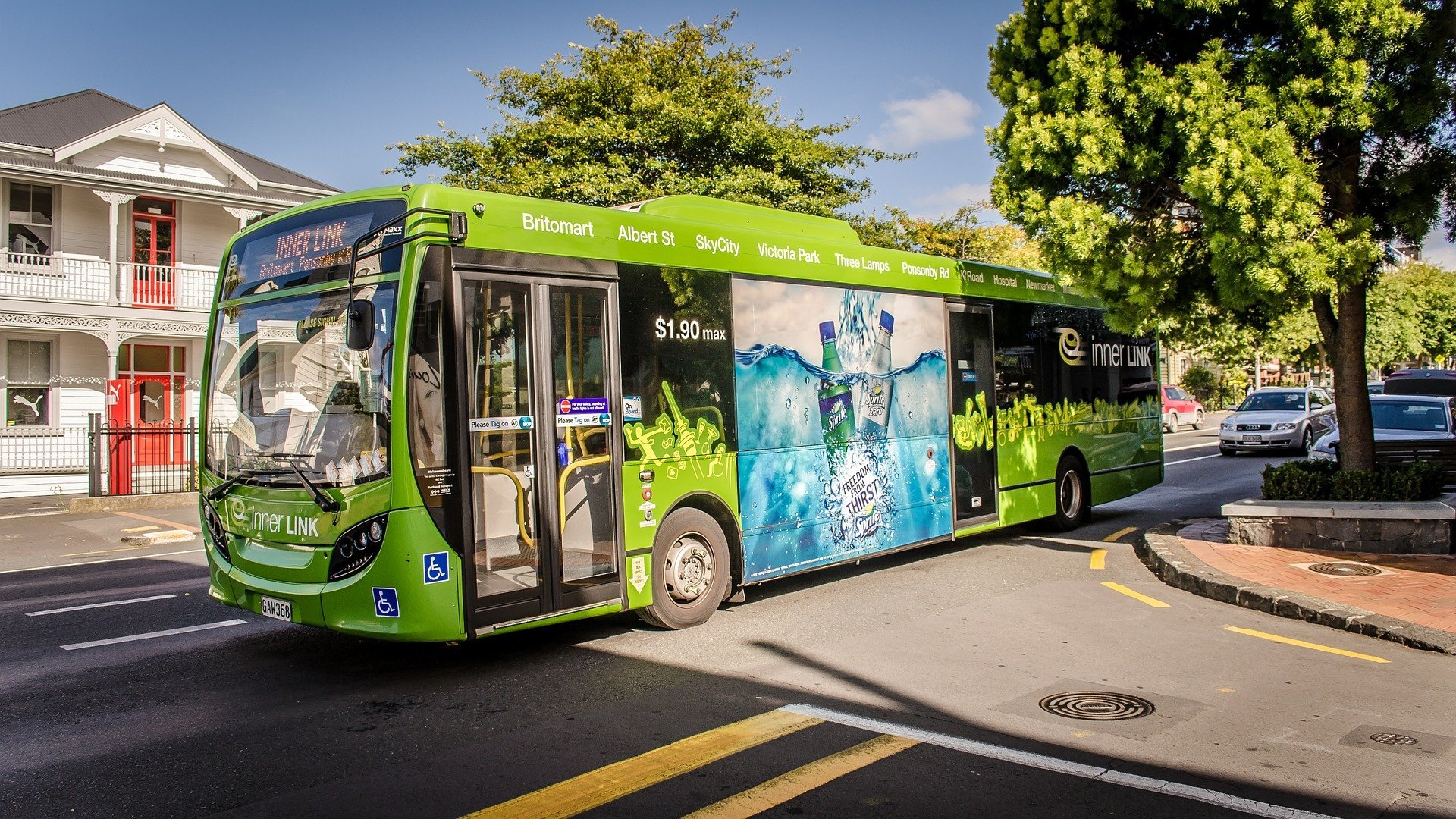Public transport: AI assesses resilience of timetables
A brief traffic jam, a stuck door, or many passengers getting on and off at a stop—even small delays in the timetables of trains and busses can lead to major problems. A new artificial intelligence (AI) could help designing schedules that are less susceptible to those minor disruptions. It was developed by a team from the Martin Luther University Halle-Wittenberg (MLU), the Fraunhofer Institute for Industrial Mathematics ITWM and the University of Kaiserslautern. The study was published in “Transportation Research Part C: Emerging Technologies”.
The team was looking for an efficient way to test how well timetables can compensate for minor, unavoidable disruptions and delays. In technical terms, this is called robustness. Until now, such timetable optimizations have required elaborate computer simulations that calculate the routes of a large number of passengers under different scenarios. A single simulation can easily take several minutes of computing time. However, many thousands of such simulations are needed to optimize timetables. “Our new method enables a timetable’s robustness to be very accurately estimated within milliseconds,” says Professor Matthias Müller-Hannemann from the Institute of Computer Science at MLU. The researchers from Halle and Kaiserslautern used numerous methods for evaluating timetables in order to train their artificial intelligence. The team tested the new AI using timetables for Göttingen and part of southern Lower Saxony and achieved very good results.
“Delays are unavoidable. They happen, for example, when there is a traffic jam during rush hour, when a door of the train jams, or when a particularly large number of passengers get on or off at a stop,” Müller-Hannemann says. When transfers are tightly scheduled, even a few minutes of delay can lead to travelers missing their connections. “In the worst case, they miss the last connection of the day,” adds co-author Ralf Rückert. Another consequence is that vehicle rotations can be disrupted so that follow-on journeys begin with a delay and the problem continues to grow.
There are limited ways to counteract such delays ahead of time: Travel times between stops and waiting times at stops could be more generously calculated, and larger time buffers could be planned at terminal stops and between subsequent trips. However, all this comes at the expense of economic efficiency. The new method could now help optimize timetables so that a very good balance can be achieved between passenger needs, such as fast connections and few transfers, timetable robustness against disruptions, and the external economic conditions of the transport companies.
Matthias Müller-Hannemann et al, Estimating the robustness of public transport schedules using machine learning, Transportation Research Part C: Emerging Technologies (2022). DOI: 10.1016/j.trc.2022.103566
Provided by
Martin-Luther-Universität Halle-Wittenberg
Citation:
Public transport: AI assesses resilience of timetables (2022, March 17)
retrieved 17 March 2022
from https://techxplore.com/news/2022-03-ai-resilience-timetables.html
This document is subject to copyright. Apart from any fair dealing for the purpose of private study or research, no
part may be reproduced without the written permission. The content is provided for information purposes only.
For all the latest Technology News Click Here
For the latest news and updates, follow us on Google News.

